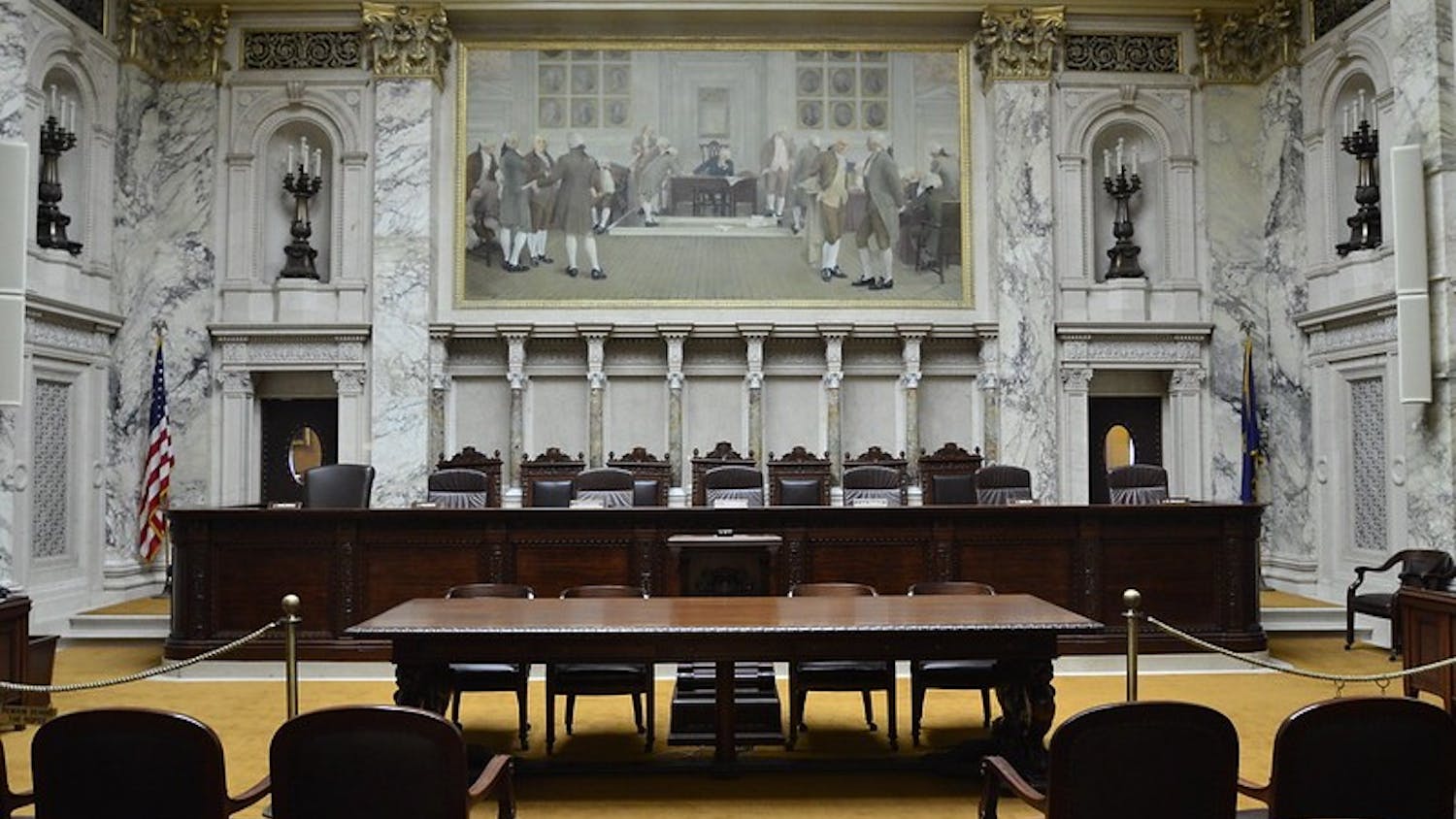Urban Design Commission members received conceptual plans from representatives of Occupy Madison Wednesday for the Tiny Houses project, which aims to shelter the city’s homeless community.
The Tiny Houses project, initiated by Occupy Madison, is an ongoing effort to find permanent housing for members of Madison’s homeless community. The “tiny houses” currently in use are located throughout the city but must be moved periodically due to zoning limits.
Occupy Madison plans to purchase land at the corner of East Johnson Street and North Third Street to provide a permanent location for the houses and a communal building to be used for various purposes.
Due to zoning codes, the property would be considered a campground, which is legally not allowed within the city area.
The plans presented by Occupy Madison representative Brenda Konkel provided an in-depth view of the land’s proposed use. The property would sustain nine to 11 “tiny houses” along with an auto shop that the group plans to convert into a multi-use common building.
The common building would contain a workshop where volunteers and individuals are provided space and resources to construct more houses.
The individual houses will be built on wheels to give residents the option to reside on the property, or other areas offered by nonprofit organizations or churches that follow the city’s zoning codes.
Konkel said the houses would be parked on raised bed gardens to use for gardening without risk of growing food items in contaminated soil. Each house would have a compostable toilet, however, Konkel expects most residents to use the communal restrooms with plumbing.
Numerous members of the public expressed opposition to the proposal. Community members voiced concerns about the safety risks associated with densely populated, low-income residencies. Speakers also expressed concern of lowering property values with a “trailer park” in their neighborhood.
Members of the public also discussed the Madison Police Department’s opposition of the plan because it could lead to an increase in law enforcement activity in the area.
Despite a few structural inquiries, Urban Design Commission members remained silent in response to the plan.





